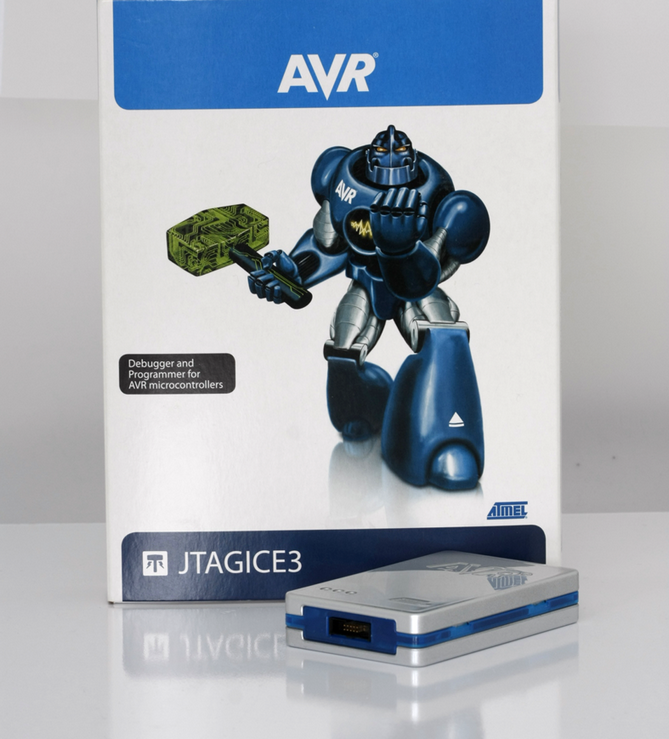Servo Trigger Programming Guide
Programming Tools
However, it only runs under Windows.
If you're running Linux or OSX, you can still use the the command-line AVR-GCC tools. Here is a guide to setting them up. However, you'll be in uncharted territory, as the author isn't using those environments.
The IDE
The Servo Trigger firmware was developed using Atmel Studio 6.2. Atmel Studio merges Microsoft's Visual Studio IDE with compiler and debugging tools targeting Atmel microcontrollers. The AVR tools use AVR-GCC, the same compiler used by the Arduino IDE.
The IDE communicates with the microcontroller using a programming dongle. The Servo Trigger was developed with the JTAGICE3 and AtmelICE PCBA debugging modules. These units can configure and program the chip and also offer a full-featured interactive debugger. You can pause execution and inspect the chip internals, which makes troubleshooting the application significantly simpler -- especially because the Tiny84 lacks a serial port that could print debugging information. If you're coming from platforms that don't offer it, interactive debugging is a very powerful technique.
If you're using Atmel Studio, the /firmware/ directory in the repo contains the solution (*.atsln) file.

